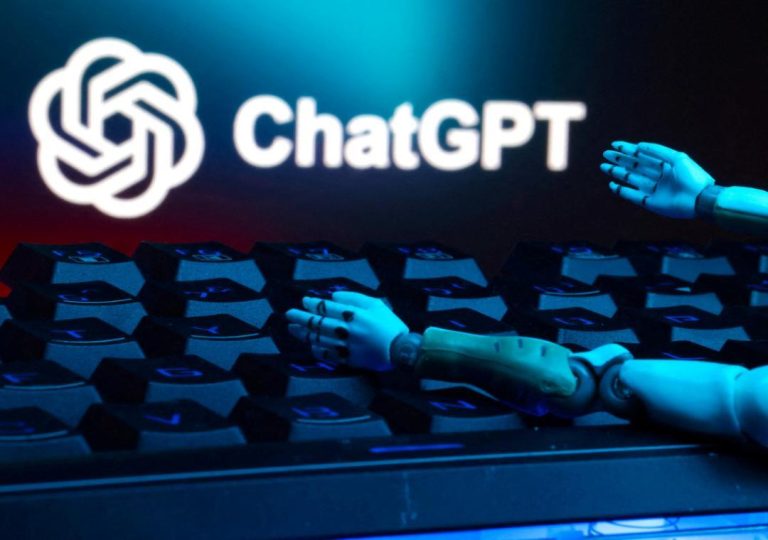
Physiotherapy: How AI & AR are making pain a thing of the past
Pain is a universal human experience, affecting millions of people worldwide. Whether it’s chronic back pain, a sports injury, or a lingering ache from a fall, pain can be debilitating and disrupt daily life. However, physiotherapy, a healthcare profession that focuses on the prevention, diagnosis, and treatment of disorders and injuries, is evolving with the integration of Artificial Intelligence (AI) and Augmented Reality (AR). These technologies are transforming the way physiotherapists work, enabling them to provide more effective pain management and prevention.
Traditionally, physiotherapy involved manual therapy, exercises, and lifestyle advice. While these methods are still essential, AI and AR are revolutionizing the field by providing real-time feedback, personalized treatment plans, and early detection of musculoskeletal issues. By shifting the focus from treatment to prevention, AI and AR are making physiotherapy more accessible and proactive, ensuring that pain is no longer a persistent companion for millions of people.
Real-time Posture Corrections with AI
One of the most significant advantages of AI in physiotherapy is real-time posture correction. AI-powered sensors and cameras can track a patient’s posture, detecting even slight deviations from optimal alignment. This information is then used to provide personalized feedback, allowing physiotherapists to correct poor posture habits and prevent long-term damage.
For example, AI-powered wearables can track a patient’s daily activities, providing insights into their posture and movement patterns. This data can be used to create customized exercise plans, targeting specific muscle groups and improving overall posture. By correcting posture, physiotherapists can reduce the risk of injuries, alleviate back and neck pain, and improve overall physical function.
Personalized Exercise Plans with AR
Augmented Reality is another technology that is transforming physiotherapy. AR-powered apps and devices can provide patients with personalized exercise plans, guiding them through complex movements and exercises. This technology is particularly useful for patients who require rehabilitation after an injury or surgery.
AR-powered physiotherapy involves using a tablet or smartphone to superimpose digital information onto real-world environments. This allows patients to see exactly how to perform exercises, reducing the risk of incorrect form and injury. Moreover, AR can be used to track progress, providing physiotherapists with real-time data to adjust treatment plans and ensure optimal outcomes.
Early Detection of Musculoskeletal Issues with AI
AI is also playing a crucial role in early detection of musculoskeletal issues. By analyzing patient data, AI-powered algorithms can identify patterns and abnormalities that may indicate the presence of a musculoskeletal condition. This information can be used to develop targeted treatment plans, preventing the condition from progressing and reducing the risk of chronic pain.
For example, AI-powered sensors can track a patient’s movement patterns, detecting subtle changes that may indicate the presence of a musculoskeletal issue. This data can be used to identify high-risk patients, enabling physiotherapists to take proactive measures to prevent injury or condition progression.
The Future of Physiotherapy: AI & AR Integration
The integration of AI and AR is revolutionizing physiotherapy, enabling physiotherapists to provide more effective pain management and prevention. By leveraging these technologies, physiotherapists can:
- Provide real-time feedback and guidance, enabling patients to correct posture and movement patterns
- Develop personalized exercise plans, targeting specific muscle groups and improving overall physical function
- Detect musculoskeletal issues early, preventing condition progression and reducing the risk of chronic pain
The future of physiotherapy is exciting, with AI and AR set to play a crucial role in shaping the profession. As these technologies continue to evolve, physiotherapists will be able to provide more effective, targeted, and proactive care, ensuring that pain is no longer a persistent companion for millions of people.
Conclusion
Physiotherapy is evolving, and AI and AR are at the forefront of this transformation. By providing real-time posture corrections, personalized exercise plans, and early detection of musculoskeletal issues, these technologies are revolutionizing the way physiotherapists work. As the healthcare landscape continues to evolve, AI and AR will play a crucial role in shaping the future of physiotherapy, ensuring accessible and proactive healthcare for all.
News Source:
https://www.healthcareradius.in/features/technology/physiotherapy-obesity-tech






